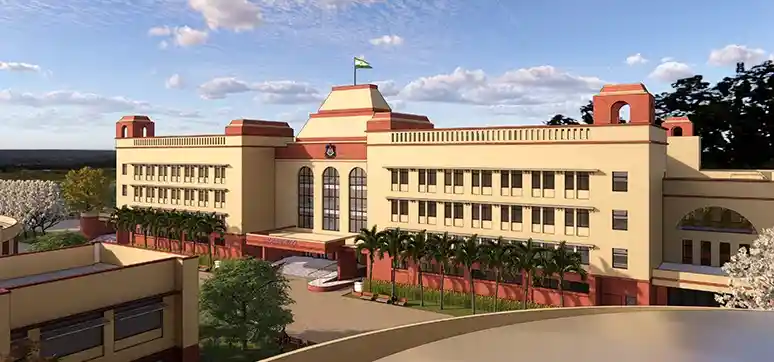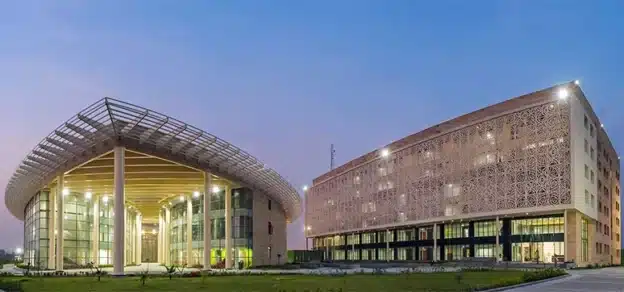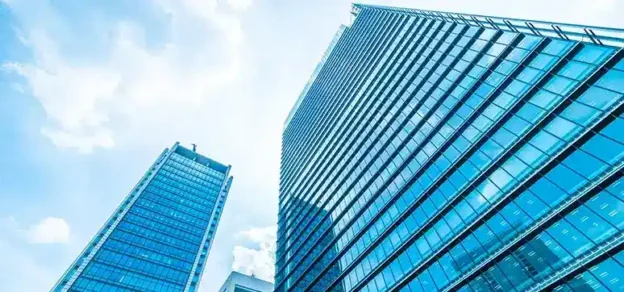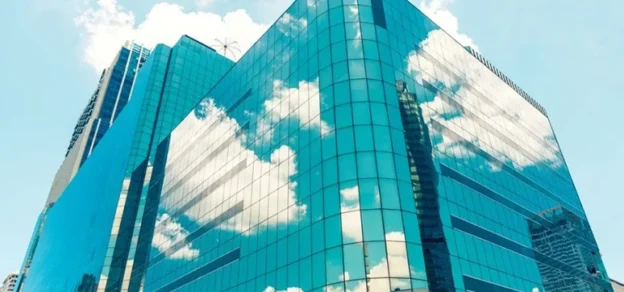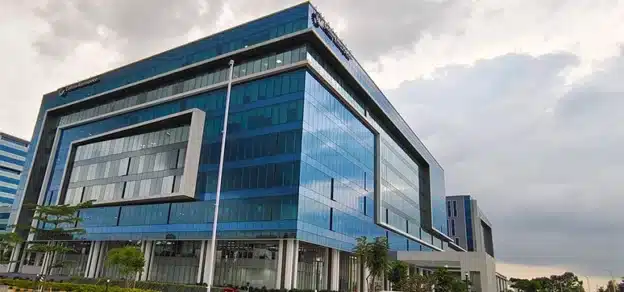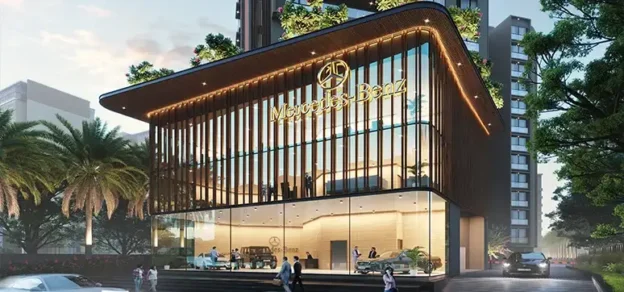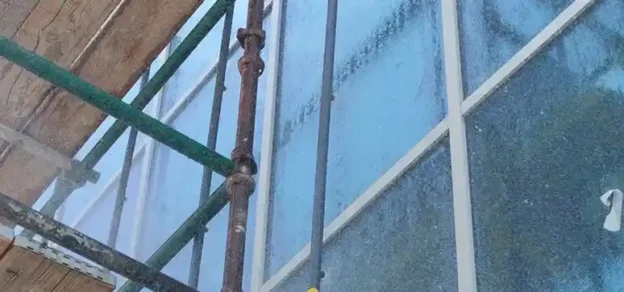The use of glass in the construction industry was first seen around the early 1800s during the rise of interest in greenhouses and conservatories. At this moment in time, glass was considered a luxury item as it was not entirely available to the general public due to its high costs. However, the cost significantly reduced during the latter stages of the industrial revolution around the mid-1800s. Crystal Palace, built in 1851 by Joseph Paxton marked a new era in the use of glass.
The advantages of the use of glass in high-rise buildings are plenty. It is lightweight, allows for larger openings increasing the vision towards the outside, it contributes to natural light filtering the indoor spaces, glass has the ability to keep out solar ingress and also contributes to ventilation channeling it through the indoor spaces.
Types of Glass Facades
There are many types of glass façade systems such as – curtain walls, unitized curtainwalls, frameless façades, skylight glazing for roofs, and so on. It is essential to study all types at the time of design for different project typologies. For example, a unitized curtain wall is made to enhance thermal efficiency, sound transmission and fire safety.
The versatility of glass façades is unmatched. One can decide to lower glare and solar ingress while keeping 100% vision towards the outside. For example, a single monolithic glass is used as a basic window for visual and daylight comfort with various tints. An IGU or a DGU has greater thermal insulation due to the fact that there are 2 panes of glass with an air barrier. These types of glasses are coated with low-emissivity to improve thermal performance.
Today, glazing systems are manufactured to transmit an adequate amount of visible light while minimising heat gain. There are several values to choose from such as; Low-e Glass, solar Heat-Gain Coefficient (SHGC), Visual Light Transmittance (VLT) and something very new Building Integrated Photovoltaics (BIPV), where glass can harvest the sun’s energy. Other performance factors to consider are sound transmittance, security and aesthetics.

Pros and Cons of Glass on Facades
Pros: Unhindered views towards the outside, natural light, relatively maintenance free and aesthetics.
Cons: glare, if not used correctly can act as a greenhouse, involves a higher cost and can be harmful to birds. The most substantial negative environmental impact comes while manufacturing glass. Melting the raw materials produces Carbon Dioxide and Nitrogen Oxide which is a contributor to smog. In addition, materials like sand and minerals are non-renewable sources coupled with large amounts of water usage.
In order to mitigate these issues, a balance must be drawn between the use of glass and solid walls. A combination of these two can create a beautiful façade that is not only glass.The type of glass façade we like to use is the one that serves the project’s sustainable goals. I would like to see Building Integrated Photovoltaics (BIPV) in the future. These types of systems could contribute effectively towards producing energy at the site. To gain knowledge on the latest in glass, apart from online architectural and glass magazines, we remain proactive in meeting glass experts, vendors and manufacturers on a monthly basis to learn about the new systems and materials available in the market.
